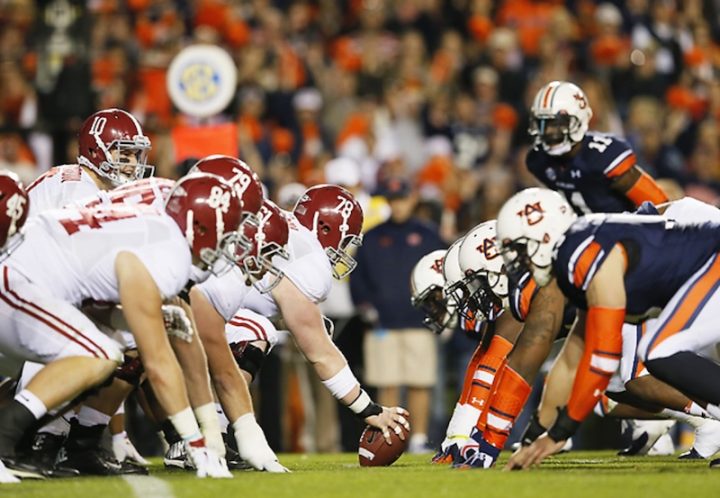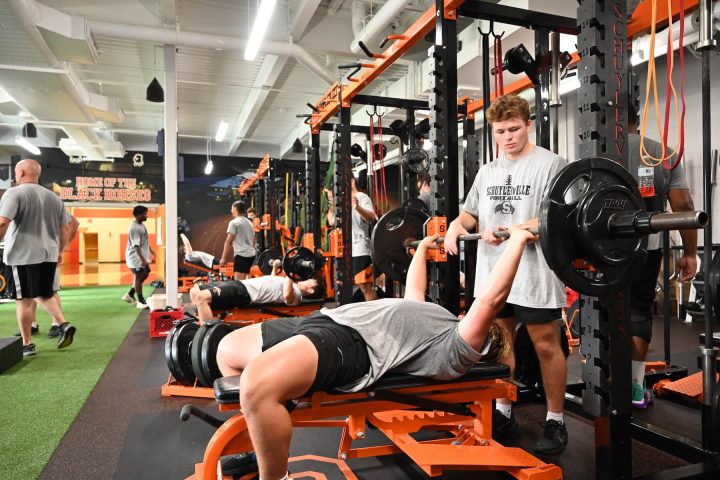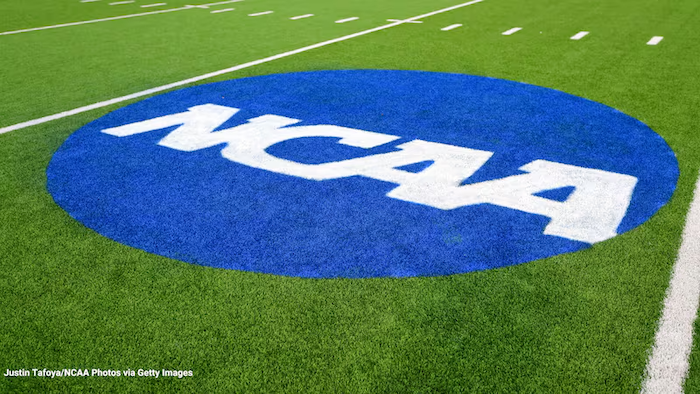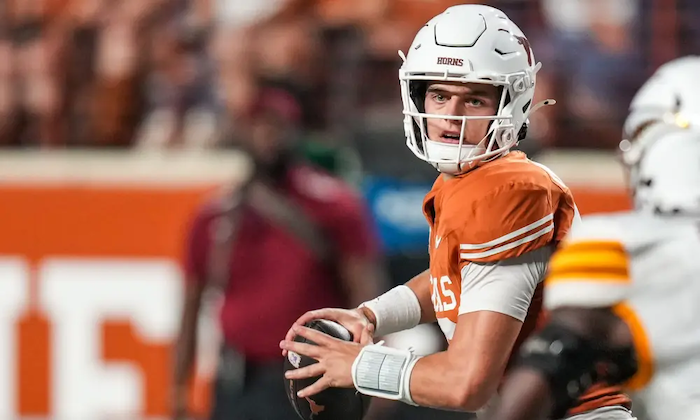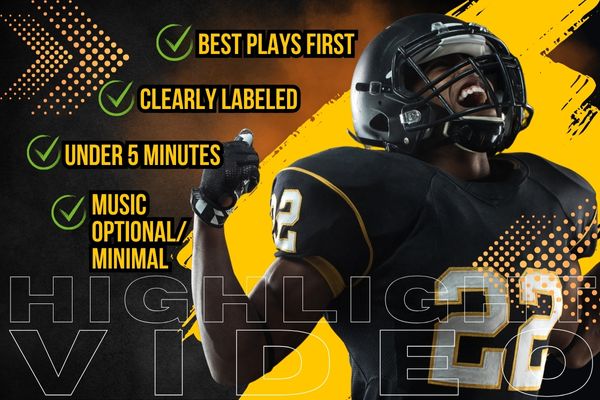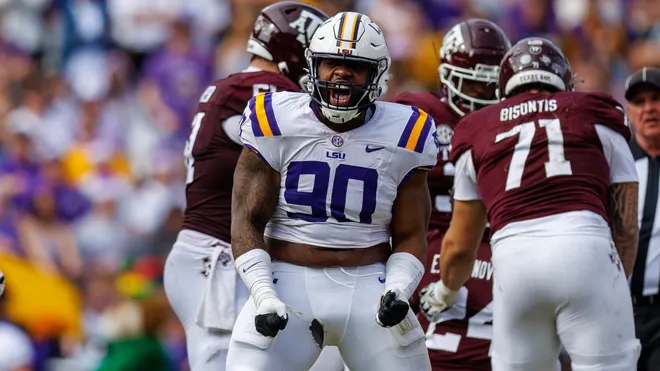Rivalry Games and Betting Trends: How Does It Affect the Odds?
College football is unlike any other sport when it comes to tradition, passion, and unpredictability. Rivalry games sit at the heart of this culture and are far more than just contests. They are historic, nationally followed events that dramatically influence the betting market.
Oddsmakers know these games carry unique dynamics, and as a result, rivalry matchups often feature different odds behavior compared to standard conference games. Here’s a closer look at how rivalry games and betting trends affect college football odds.
Emotional Intensity of Rivalry Games
Rivalry games are rarely played like any other matchup on the schedule. Players, coaches, and even fan bases treat them with added importance, which often changes how teams perform on the field. The intensity can push underdogs to elevate their play or lead favorites to make uncharacteristic mistakes under pressure.
For oddsmakers, this extra layer of unpredictability matters. A team’s season-long performance metrics may not fully capture how they will play in a rivalry setting. As a result, sportsbooks often adjust the spread to reflect the higher chance of a game being closer or more volatile than expected. In practical terms, that might mean a favorite opening with a smaller line than usual, or totals being set differently to account for the possibility of momentum swings.
The intensity of rivalry games does not guarantee an upset, but it consistently introduces more variance. Oddsmakers know this, and the CFB odds reflect that added surprise factor.
Historical Performance and Rivalry Records
Rivalry games come with years of history that sportsbooks cannot ignore. Even if one team has looked dominant all season, the spread often reflects how the matchup has played out in the past. If the rivalry has a long record of close games, oddsmakers will tighten the line accordingly.
Head-to-head data goes beyond wins and losses. Patterns such as consistent scoring margins or low totals show up year after year, and sportsbooks adjust the odds to match those trends. Bettors also remember big upsets, which can drive money toward an underdog regardless of current form. Oddsmakers anticipate that behavior and shift the line to balance action.
The result is that rivalry records often outweigh season statistics. A matchup that looks like a two-touchdown gap on paper may open much closer because history shows the rivalry rarely produces blowouts.
Public Betting Bias and Fan Loyalty
Rivalry games attract more casual bettors than most other college football matchups. Fans often place wagers out of loyalty rather than analysis, backing their team because of tradition or emotion. This influx of public money can tilt the betting market, especially when one side has a larger or more passionate fan base. Oddsmakers are well aware of this behavior and monitor it closely when setting and adjusting lines.
To protect themselves, sportsbooks often shade the line toward the more popular team. If they expect heavy public action on a well-known program, the spread may be slightly inflated in that direction. This helps balance the book but also creates opportunities for sharper bettors who are willing to fade the public. In rivalry games, odds are therefore shaped not just by on-field performance but by predictable patterns of fan loyalty and betting bias.
Media Hype and Market Overreaction
Rivalry games receive far more media coverage than typical matchups, and that spotlight has a direct effect on the betting market. Storylines are repeated for weeks leading up to the game, shaping how the public perceives each team.
Narratives such as “underdogs always rise in rivalry games” or “favorites dominate when the stakes are high” often influence betting behavior more than actual performance metrics. The constant exposure magnifies expectations and drives more casual money into the market.
Oddsmakers understand that this type of hype can inflate betting activity, especially on whichever side the narrative favors. To manage risk, they adjust lines in anticipation of heavy action on a popular storyline, which sometimes means spreads or totals move away from what pure statistical models would suggest. In rivalry games, the odds are not only a reflection of team strength but also of how the media environment steers bettors toward one side or the other.
Home-Field Advantage Amplified
Home-field advantage is already a significant factor in college football, but in rivalry games, it carries even more weight. Stadiums are louder, atmospheres are more intense, and the energy from the crowd can impact player performance and even officiating. Oddsmakers account for this by giving a stronger home-field adjustment than they would in a regular matchup, since rivalry settings consistently produce tighter, more unpredictable games.
The effect is even greater in high-profile spots such as night games or matchups in historically hostile venues. Visiting favorites often see their odds adjusted downward, as the environment makes it more difficult to play up to their usual standard. Bettors who want to see how this plays out in real time can check FanDuel’s NCAAF Matchups, where rivalry spreads often look different from typical conference games because of the amplified home-field factor.
Final Take
Rivalry games in college football create betting conditions that go beyond typical matchups. Oddsmakers factor in history, fan bias, media influence, and home-field dynamics when setting lines, which means the odds often look different from what season stats alone would suggest. For bettors, the lesson is clear: rivalry games aren’t just another contest, and approaching them carefully is crucial since the spreads reflect much more than current team strength.

